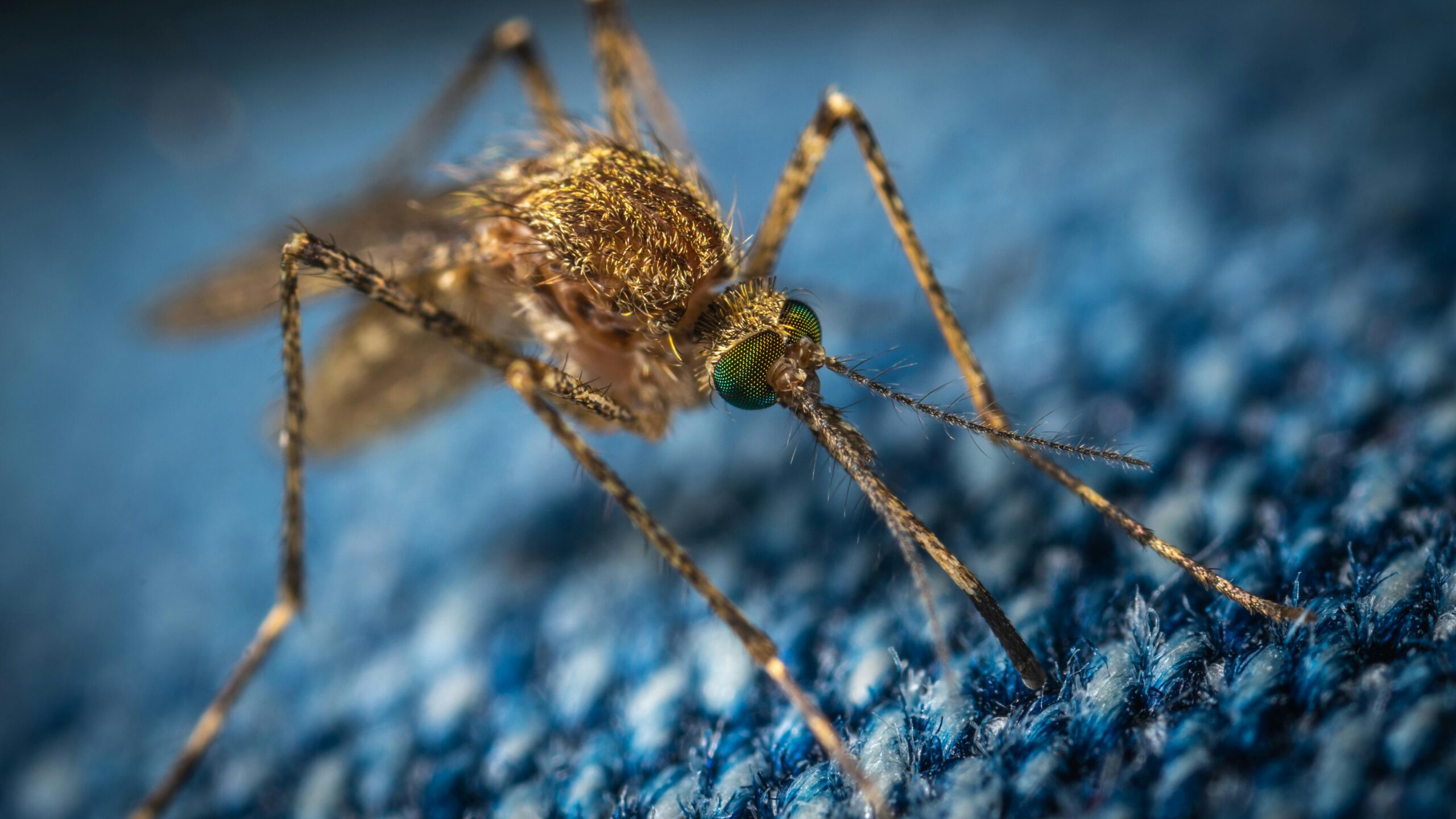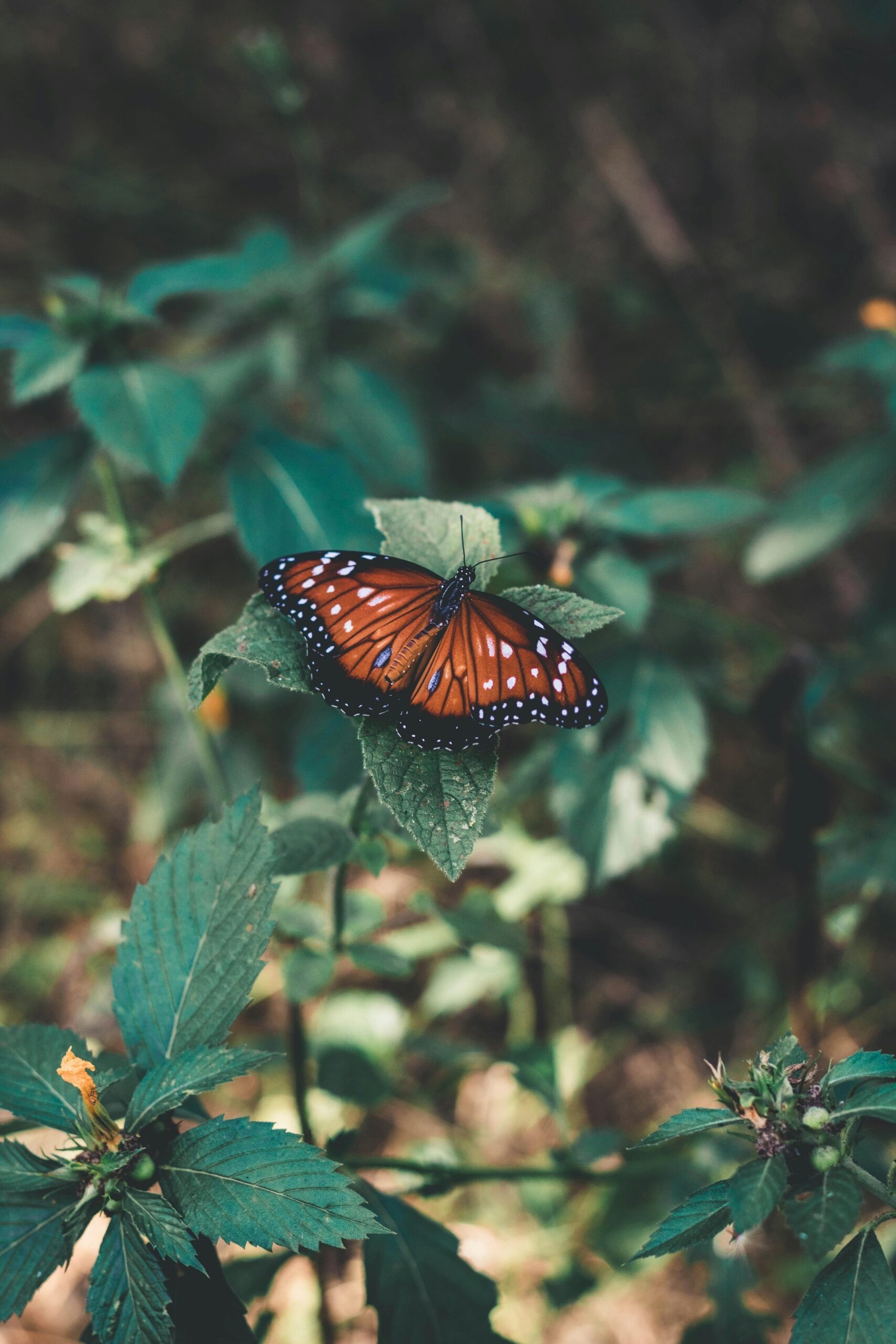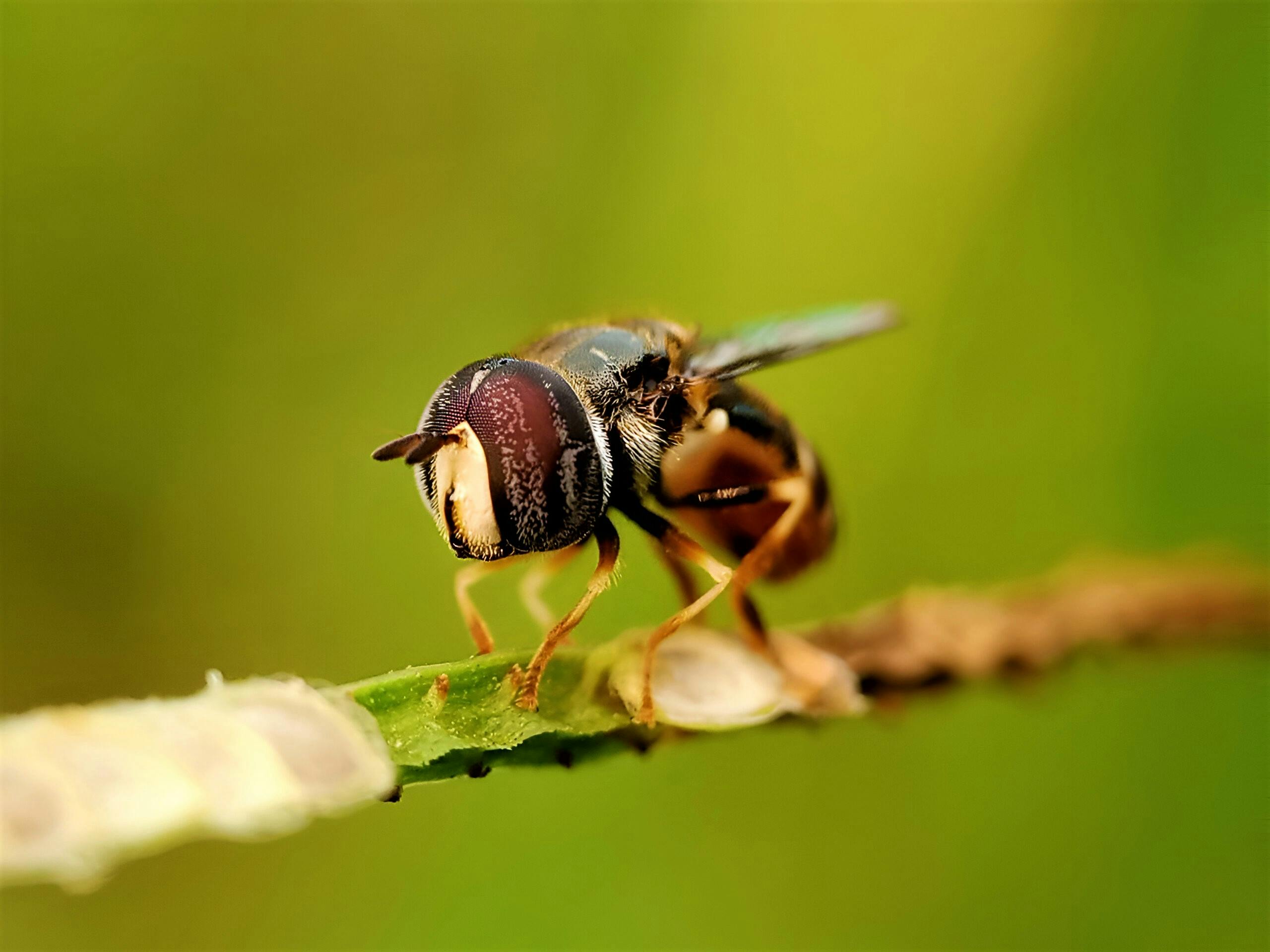In the enchanting world of Insect Taxidermy Art, you discover the breathtaking beauty and intricacy of preserved insects meticulously displayed as timeless pieces of art. This captivating artistry combines scientific precision and creative expression to transform delicate beetles, butterflies, and other insects into stunning showcases. With a touch of care and a sprinkle of imagination, you can appreciate how these tiny creatures, often overlooked in nature, are elevated into mesmerizing works that spark curiosity and admiration. Have you ever stumbled upon a beautifully preserved butterfly mounted in a frame and wondered about the fascinating world of insect taxidermy? If so, you’re about to embark on a journey into this intricate and mesmerizing art form known as Insect Taxidermy Art.
What is Insect Taxidermy Art?
Insect taxidermy art involves the process of preserving and showcasing insects in a manner that highlights their natural beauty. This art form offers a unique opportunity to explore the delicate details and vibrant colors found in the insect world, turning these small creatures into pieces of art. It’s about more than just preserving an insect; it’s about celebrating the natural world and its countless wonders.
The History of Insect Taxidermy
Insect taxidermy, like all forms of taxidermy, can be traced back to a time when curiosity about the natural world prompted humans to collect and preserve specimens for study. In the 17th and 18th centuries, European naturalists began collecting insects in earnest, leading to the development of detailed entomological collections. These collections were not just scientific tools but also sources of aesthetic interest.
The Science Behind It
To understand insect taxidermy, it helps to know a bit about entomology, the study of insects. Unlike mammals or birds, insects have an exoskeleton. This exterior structure not only gives insects their form but also makes it possible to preserve them in a stable, lasting state. The primary goal in insect taxidermy is to maintain the natural appearance of the insect while preventing decay and deterioration over time.
Tools and Materials Needed
Like any art form, insect taxidermy requires specific tools and materials to ensure success. Below is a list of essential items you will need to get started.
| Tool/Material | Purpose |
|---|---|
| Soft Tweezers | For gently handling delicate insect parts. |
| Pins | Used to position and secure insects while drying. |
| Foam Board | A surface to pin insects during the drying process. |
| Needles | For precise manipulation of small parts. |
| Spreading Board | To spread and dry insect wings. |
| Glass Jars | To store and transport specimens. |
| Forceps | Another tool for delicate manipulation. |
| Preservative | Chemicals like ethanol to prevent decay. |
| Display Case | For showcasing the finished product. |
Gathering these materials is the first step in embarking on your insect taxidermy journey.

Step-by-Step Guide to Insect Taxidermy
1. Collecting Specimens
Your journey starts with the collection of specimens. You can find insects in their natural habitats, such as gardens, forests, or near sources of water. Remember to collect responsibly by not over-harvesting and ensuring the spreading populations remain stable.
2. Preparing Your Workspace
Prepare a clean, well-lit workspace. Sterilize your tools using alcohol and lay out all your materials in an organized manner to make the process smoother.
3. Softening the Insect
Once you have your specimen, place it in a softening chamber (a sealed container with a damp paper towel) for 24-48 hours. This helps to relax the insect’s body, making it easier to manipulate without breaking.
4. Positioning and Pinning
Using your tweezers and pins, position the insect on your foam board. Pay close attention to the natural posture of the insect to ensure a realistic presentation. Use a spreading board to carefully spread the wings if necessary.
5. Drying
Allow your pinned specimen to dry for several days to prevent any unwanted bends or twists. Ensure the drying area is free from pests and excessive humidity.
6. Preservation
Choose a preservation method that suits your needs. Specimens can be stored in ethanol or mounted in display cases. The key is to protect them from moisture and light to prevent degradation.
7. Displaying Your Art
Finally, mount your preserved insects in a display case. Arrange them in a way that highlights their natural beauty and details. You can add labels and backgrounds for an added touch of professionalism.
Ethics and Conservation
Responsible Collecting
It’s crucial to collect insects responsibly. Avoid endangered species and be mindful of local laws and regulations regarding insect collecting. Part of the beauty of insect taxidermy is its ability to foster greater appreciation and respect for nature.
Alternatives to Collecting
If you’re passionate about insect taxidermy but uncomfortable with collecting live specimens, consider purchasing specimens from reputable suppliers. This ensures that insects are sourced ethically and sustainably.

Benefits of Insect Taxidermy
Educational Value
Insect taxidermy specimens are invaluable for education. They offer a tangible way to study insect anatomy, behavior, and diversity, making them fantastic tools in classrooms and museums.
Artistic Expression
This art form lets you express your creativity while showcasing the intricate beauty of insects. Each specimen offers a unique canvas, allowing you to bring your artistic vision to life while celebrating the natural world.
Conservation Awareness
By preserving insects and showcasing their beauty, you can raise awareness about the importance of insect conservation. These tiny creatures play crucial roles in ecosystems, and their preservation is vital for maintaining biodiversity.
Common Challenges and Solutions
Fragile Specimens
Insects are delicate, and handling them can be challenging. Use fine-tipped tools and be patient. Practicing on less delicate specimens can help you build the necessary skills.
Preserving Colors
Insects are known for their vibrant colors, which can fade over time. Storing specimens in dark, cool environments and using proper preservation techniques can help maintain their colors.
Preventing Decay
Proper preservation methods, such as using ethanol or clear-coating sprays, can prevent decay. Regularly check your specimens to ensure they’re free from pests or mold.

Conclusion
Insect taxidermy art is a fascinating blend of science and creativity that offers a unique way to celebrate the natural world. By learning and practicing this art form, you not only create beautiful and educational displays but also foster a greater appreciation for the vital role insects play in our ecosystems. Whether you’re a novice or a seasoned enthusiast, there’s always something new to discover in the world of insect taxidermy.
So, why not take the first step today? Gather your tools, prepare your workspace, and immerse yourself in the intricate, mesmerizing world of insect taxidermy art. Your journey into this captivating art form awaits!
